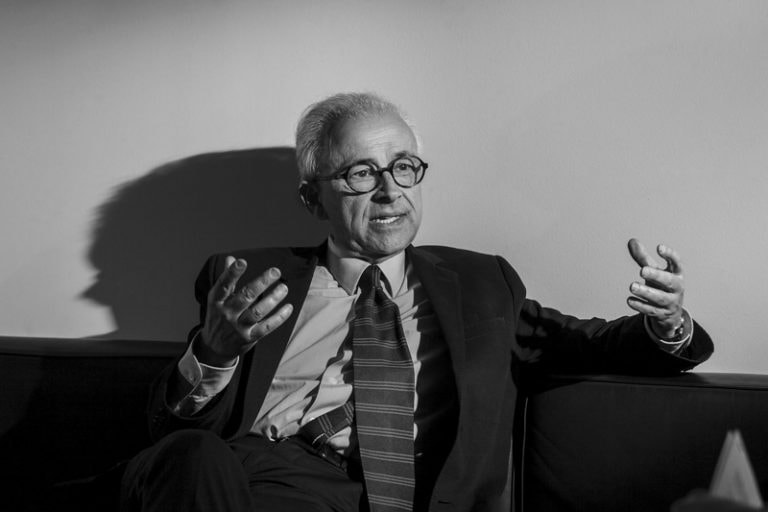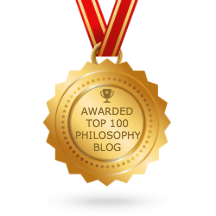- Damasio defines consciousness as: mind + self.
- A mind emerges from the brain when an animal is able to create images and to map the world and its body.
- Consciousness requires the addition of self-awareness. This begins at the level of the brain stem, with “primordial feelings.” The self is built up in stages starting with the proto self made up of primordial feelings, affect alone, and feeling alive. Then the core self is developed when the proto self is interacting with objects and images such that they are modified and there is a narrative sequence. Finally comes the autobiographical self, which is built from the lived past and the anticipated future.
- Mind precedes consciousness.
- Consciousness includes wakefulness, mind, and self.
- Consciousness is the feeling that my body exists independent of other objects.
- Affect or feelings came first. Long before consciousness. (A la Panksepp.) Feelings evolve from homeostatic signals and so affect evolved very early. Damasio called this “the strange order of things” because it’s the opposite of what many scientists assume.
- Damasio stresses the importance of embodiment because homeostasis is the primary mechanism driving life. Feelings are mental experiences that are conscious by definition. The emotive response triggered by sensory stimuli are the qualia of philosophical tradition. This subjectivity is the critical enabler of consciousness.
- Emotions are chemical reactions. Feelings are the conscious experience of emotions. (This can be slightly confusing as it is not always used consistently in Damasio's work.)
- Early life was regulated without feelings and there was no mind or consciousness. Then, during the Cambrian explosion, vertebrates appeared and all vertebrates have feelings.
- Valence / value evolved much earlier. Even bacteria can go toward food and away from danger.
- Feelings are not neural events alone. They are interpretations of body signals (such as a fast heartbeat). Feelings are, through-and-through, simultaneously, and interestingly, phenomena of both bodies and nervous systems.
For just a bit more on this, Antonio Damasio gave a TED talk in 2011 called, The quest to understand consciousness. Here are a few extra details from slides he used during this talk:
- Three levels of self to consider: proto self, core self, and autobiographical self.
- Autobiographical self has prompted: extended memory, reasoning, imagination, creativity, and language.
- Out of these came the instruments of culture: religions, justice, trade, the arts, science, and technology.
Brief Comments
I may be jumping the gun here, but Damasio's distinction between the mind and the self appear to me to map neatly onto the two brain networks scientists just proved are key to consciousness. The DAT (dorsal attention network) sounds like it produces the streaming images of the outside world, which Damasio calls mind. And the DMN (default mode network) monitors the internal states of our bodies, generating the sense of a relatively stable but historically changing identity, which Damasio calls the self. As the article I linked to says, consciousness is reported when the DAT and DMN are both activated. In other words, when both mind and self are active. This is something to consider as we go forward. (And, by the way, default mode networks have been detected in macaques, chimpanzees, and even rats.)
I also like Damasio's distinctions between emotions, feelings, and valences. This fits very well with my own system for mapping cognitive appraisals (i.e. judging if something is good, bad, or unknown, aka valenced) onto different events in the past, present, or future, in order to generate the things we typically call emotions (but which Damasio would distinguish as feelings). I can certainly get behind his distinction here. I could also adopt his labelling. And I think he's got "the strange order of things" right by saying the chemical emotional responses would have come first before the feelings in our self became able to identify them. This would clearly be the order of things in a material universe where physics led to chemistry, biology, and then psychology. This is another thing to consider as we put together the evolutionary story of consciousness.
Finally, I'll just explain the brief reference Damasio made to Panksepp. In my first peer-reviewed philosophy paper about Bridging the Is-Ought Divide, I mentioned Panksepp's work when I said: "Evolutionary neuroscientist Jaak Panksepp of Bowling Green State University has identified seven emotional systems in humans that originated deeper in our evolutionary past than the Pleistocene era. The emotional systems that Panskepp terms Care (tenderness for others), Panic (from loneliness), and Play (social joy) date back to early primate evolutionary history, whereas the systems of Fear, Rage, Seeking, and Lust, which govern survival instincts for the individual, have even earlier, premammalian origins." I cited this work as potential evidence for the evolution of morality from care of the self to care for others, but of course it is also evidence of the development of the concept of the self too.
What do you think? Do Damasio's distinctions make sense to you? Do they map onto concepts you find helpful or not? Let me know what you think of this in the comments below.
--------------------------------------------
Previous Posts in This Series:
Consciousness 1 — Introduction to the Series
Consciousness 2 — The Illusory Self and a Fundamental Mystery
Consciousness 3 — The Hard Problem
Consciousness 4 — Panpsychist Problems With Consciousness
Consciousness 5 — Is It Just An Illusion?
Consciousness 6 — Introducing an Evolutionary Perspective
Consciousness 7 — More On Evolution
Consciousness 8 — Neurophilosophy
Consciousness 9 — Global Neuronal Workspace Theory


